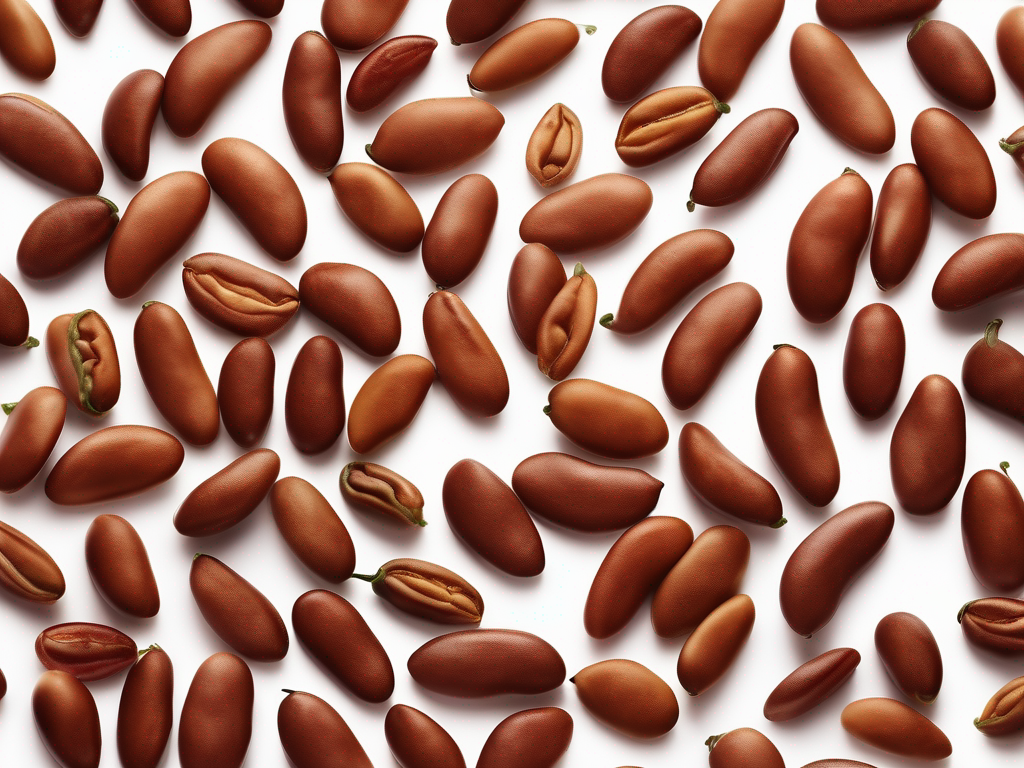
Signs that Climbing Beans Have Gone Bad and Should be Thrown Out
Get Your Free Food Safety Cheat Sheet
30 most common foods with instant answers. Print it and stick it on your fridge—completely free!
Signs that Climbing Beans Have Gone Bad and Should be Thrown Out
Climbing beans, also known as pole beans, are a popular and nutritious vegetable enjoyed by many. However, like all fresh produce, climbing beans can go bad if not stored properly or if they are past their prime. In this blog post, we will explore the signs that climbing beans have gone bad and should be thrown out to ensure food safety and prevent any potential health risks. (Climbing bean)
How to Identify Spoiled Climbing Beans
When it comes to climbing beans, it's important to know how to identify signs of spoilage. Here are some key indicators that your climbing beans may have gone bad:
1. Discoloration
- Mold or dark spots on the beans
- Beans that appear slimy or have a mushy texture
- Beans that have turned brown or black
2. Foul Odor
- Climbing beans that emit a sour or unpleasant smell
- Beans that smell rancid or off
3. Texture Changes
- Slimy or sticky residue on the beans
- Beans that feel overly soft or mushy to the touch
4. Wrinkled Appearance
- Shrinking or shriveled beans
- Beans that appear wilted or dried out
5. Growth of Mold
- Visible mold growth on the beans
- Fuzzy or powdery mold on the surface of the beans
Why It's Important to Discard Spoiled Climbing Beans
It's crucial to discard climbing beans that show signs of spoilage for several reasons:
- Food Safety: Consuming spoiled climbing beans can lead to foodborne illnesses such as stomach cramps, diarrhea, and vomiting.
- Nutritional Quality: Spoiled climbing beans may have lost their nutritional value and can potentially be harmful to your health.
- Preventing Cross-Contamination: If spoiled climbing beans come into contact with other fresh produce, it can lead to the contamination of other foods.
Tips for Properly Storing Climbing Beans
To extend the shelf life of your climbing beans and prevent them from spoiling prematurely, follow these tips for proper storage:
- Refrigeration: Store climbing beans in the crisper drawer of the refrigerator to maintain freshness.
- Moisture Control: Keep climbing beans dry to prevent mold growth by placing a paper towel in the storage container.
- Air Circulation: Allow for airflow around the beans by storing them in a perforated plastic bag or a container with ventilation holes.
- Avoiding Ethylene: Keep climbing beans away from ethylene-producing fruits like apples and bananas, as it can speed up the ripening process.
Conclusion
In conclusion, it's essential to be able to identify the signs that climbing beans have gone bad to ensure food safety and prevent any potential health risks. By following the tips for proper storage and promptly discarding spoiled climbing beans, you can enjoy fresh and nutritious produce while minimizing the risk of foodborne illnesses. Remember to always inspect your climbing beans before consumption and prioritize food safety in your kitchen. (Climbing bean)
Authoritative Food Safety References
These agencies and university labs inform every tip and health precaution we publish.
USDA FoodKeeper – Cold Storage Guidelines
Official refrigerator, freezer, and pantry timelines maintained by the U.S. Department of Agriculture.
Visit USDA FoodKeeperFDA Produce Safety Rule & Grower Guidance
Field-to-fridge handling practices that prevent contamination of fruits, vegetables, and leafy greens.
Visit FDA Produce SafetyCDC Foodborne Illness Prevention Hub
Surveillance-backed guidance on pathogens, symptoms, and steps to reduce foodborne illness risk.
Visit CDC Food SafetyUC Davis Postharvest Technology Center
University research detailing optimal storage atmospheres for produce after harvest.
Visit UC Davis PostharvestPenn State Extension – Home Food Preservation & Safety
Peer-reviewed extension bulletins on safe canning, chilling, and reheating practices.
Visit Penn State ExtensionGet Your Free Food Safety Cheat Sheet
30 most common foods with instant answers. Print it and stick it on your fridge—completely free! Want more? Upgrade to the complete guide with 70+ foods.
Scan your food directly and get instant safety info using our AI-powered camera feature.